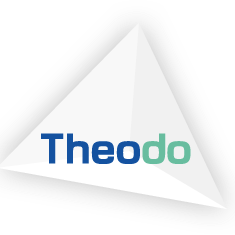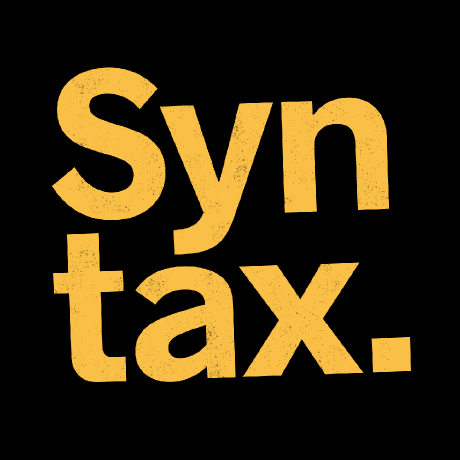Data Type Handling
- dynamodb-toolbox:
dynamodb-toolbox abstracts data type handling by allowing developers to define schemas for their models. It automatically manages type conversions based on the defined schema, reducing the need for manual type handling and ensuring that data adheres to the expected structure.
- dynamodb-data-types:
dynamodb-data-types provides a set of utilities to convert between JavaScript types and DynamoDB types, ensuring that data is correctly formatted for storage and retrieval. It supports various data types including strings, numbers, booleans, lists, and maps, allowing developers to easily manage data consistency and integrity when interacting with DynamoDB.
Modeling and Schema Definition
- dynamodb-toolbox:
dynamodb-toolbox excels in modeling and schema definition, allowing developers to define their data models with attributes, types, and validation rules. This structured approach helps enforce data integrity and simplifies the process of managing complex data relationships.
- dynamodb-data-types:
dynamodb-data-types does not provide schema definition capabilities. It focuses solely on type conversion, leaving the modeling of data structures up to the developer. This can lead to more flexibility but requires more manual effort to maintain consistency across the application.
Querying and Data Access
- dynamodb-toolbox:
dynamodb-toolbox provides built-in methods for querying and scanning data, making it easier to retrieve items based on defined criteria. It supports advanced querying features such as filtering and pagination, allowing developers to efficiently access and manipulate data.
- dynamodb-data-types:
dynamodb-data-types does not offer querying capabilities. It is primarily focused on type conversion, meaning developers must implement their own querying logic using the AWS SDK or other methods, which can lead to increased complexity in data access patterns.
Learning Curve
- dynamodb-toolbox:
dynamodb-toolbox may have a steeper learning curve due to its comprehensive features and abstractions. Developers need to understand how to define models, manage relationships, and utilize the querying capabilities effectively, which may require more time to master.
- dynamodb-data-types:
dynamodb-data-types has a relatively low learning curve, as it focuses on a specific functionality—data type conversion. Developers familiar with DynamoDB will find it easy to integrate this package into their projects without extensive learning requirements.
Extensibility and Customization
- dynamodb-toolbox:
dynamodb-toolbox is highly extensible, allowing developers to create custom models and methods tailored to their application's needs. This flexibility makes it suitable for projects that require unique data handling and complex interactions.
- dynamodb-data-types:
dynamodb-data-types is less extensible, as it serves a specific purpose of type conversion without additional features for customization. Developers looking for a straightforward solution will appreciate its simplicity, but those needing more flexibility may find it limiting.

















